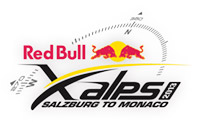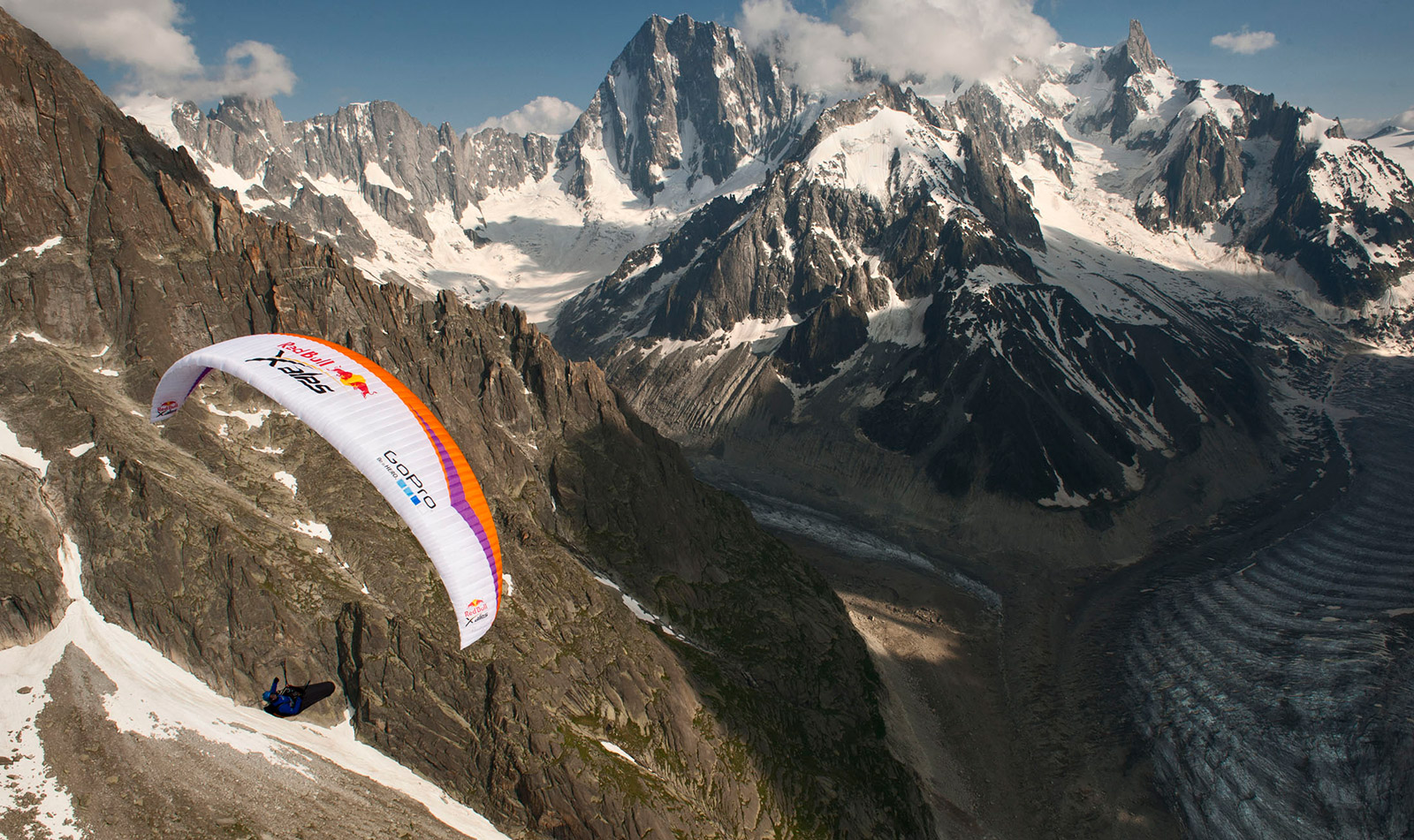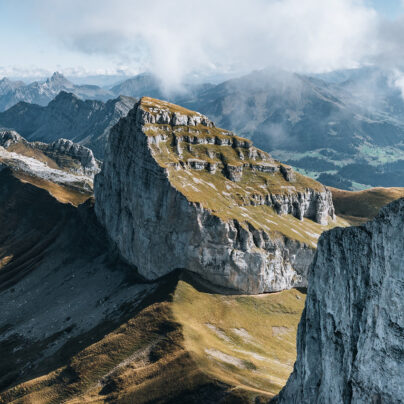Red Bull X-Alps Adventure Race
Red Bull
The concept of the Red Bull X-Alps is a simple one. Athletes must race from Salzburg to Monaco, by foot or paraglider, a straight-line distance of approximately 1,000km. Its simplicity is something that has attracted and tested to the limit some of the world’s top adventurers over the last 10 years. Among adventurers, it’s known as the ultimate race. It’s an incredible challenge, demanding not only expert paragliding skill but extreme endurance. Some athletes will hike over 100km in a day and will have covered over 900km on foot by the time the race is over! Each team consists of one athlete and up to two supporters. No technical or outside assistance is allowed.
Chambers brings a tactician’s mind into the Red Bull X-Alps. Where other athletes may have come from mountaineering or other adventure traditions, Chambers served his apprenticeship in paragliding competitions. He started the moment he could legally fly and was competing by the age of 20, soon representing Great Britain at the Paragliding World Cup. Now his passion is big x-c flying in Switzerland where he is now based. His father introduced him to the sport and he’ll be there at the start line as his support. He describes the Red Bull X-Alps as ‘the ultimate race’.
The concept of the Red Bull X-Alps is a simple one. Athletes must race from Salzburg to Monaco, by foot or paraglider, a straight-line distance of approximately 1,000km. Its simplicity is something that has attracted and tested to the limit some of the world’s top adventurers over the last 10 years. Among adventurers, it’s known as the ultimate race.
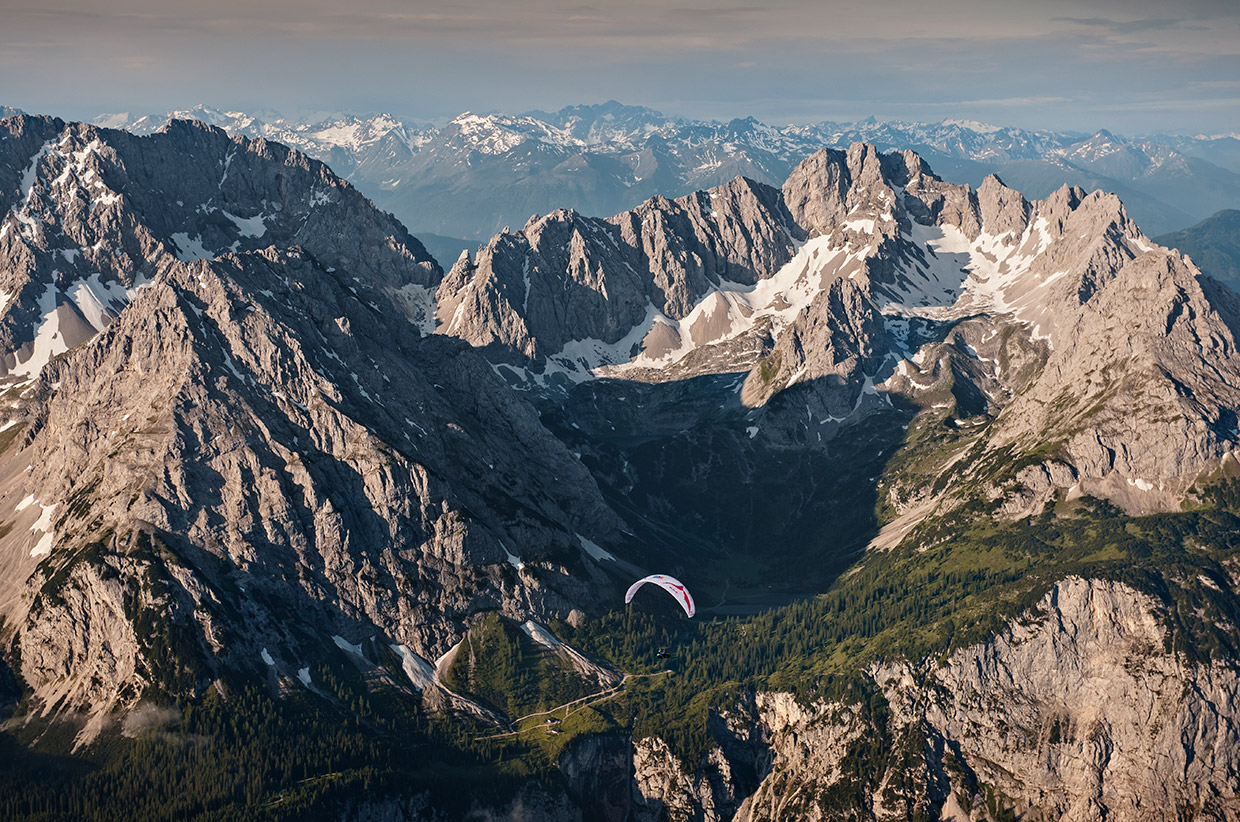
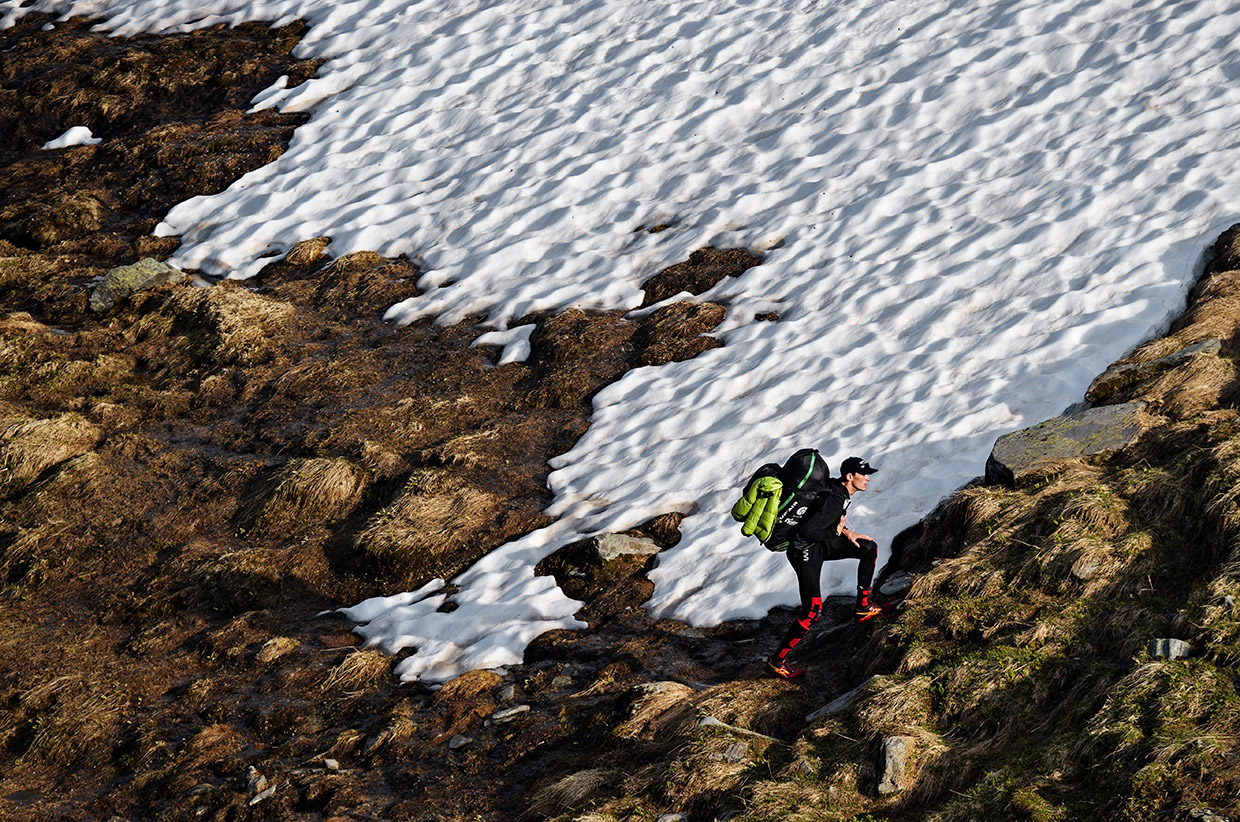
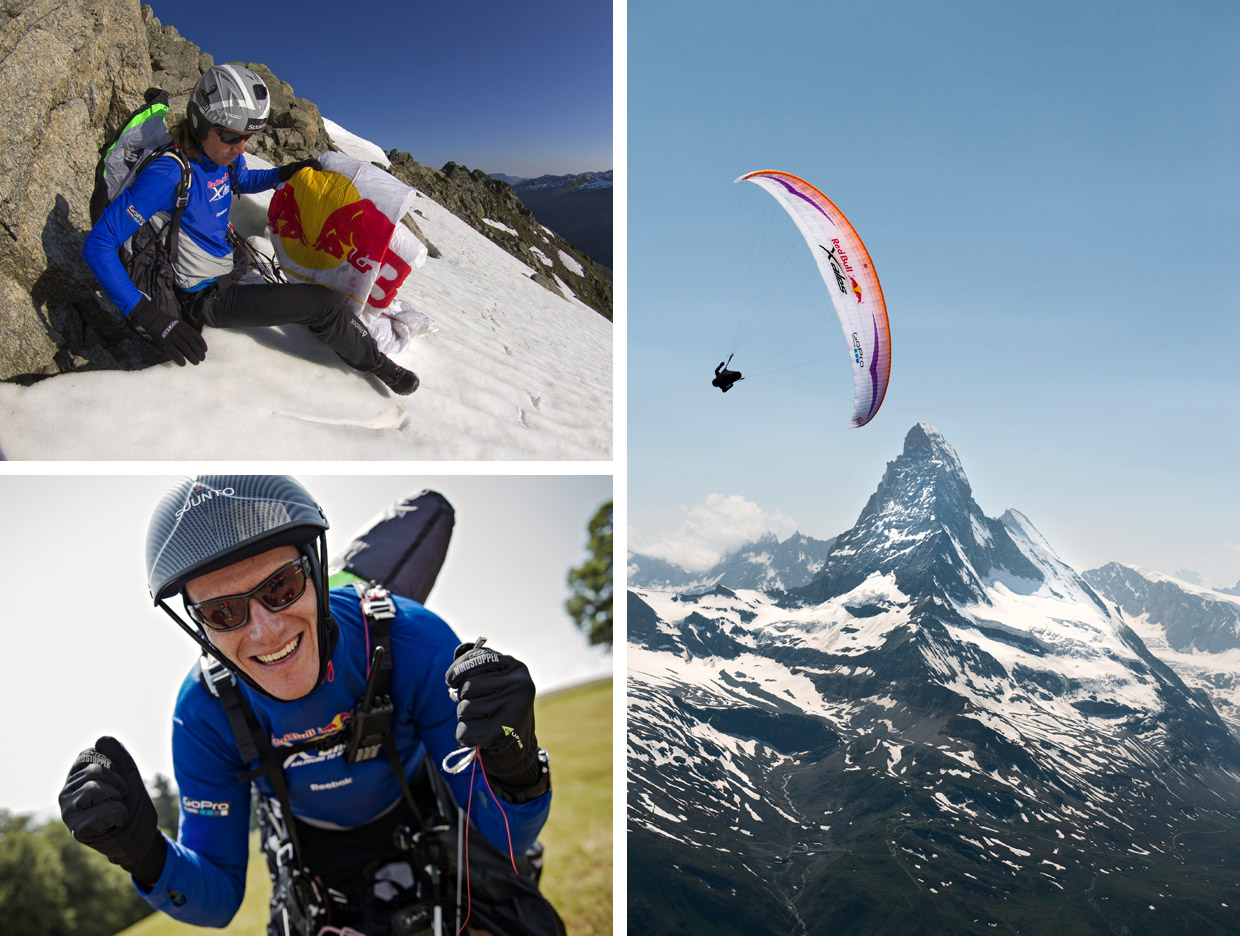
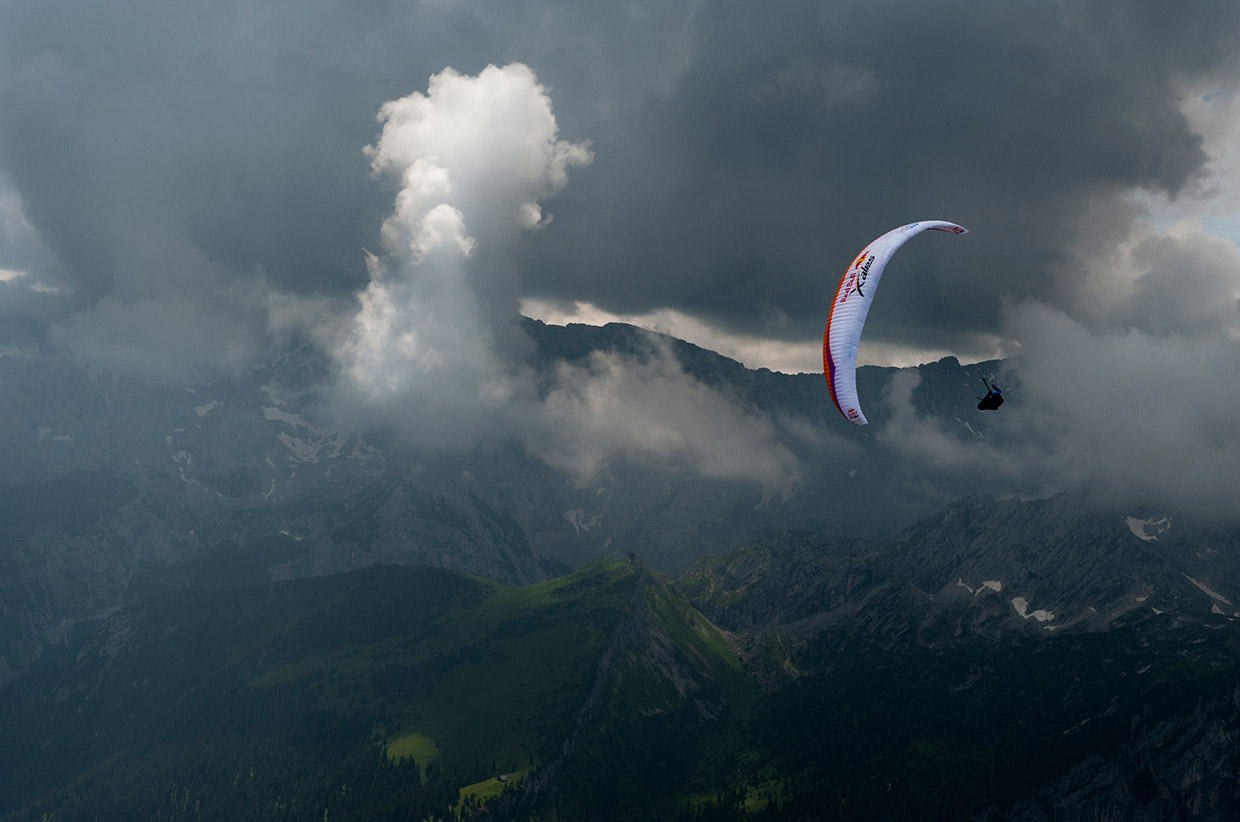
Athletes have to hike or fly a straight-line course of 1,031km, carrying their flying equipment at all times, which even with the latest technological developments, still weighs 8-10 kg. In reality, the athletes cover more like 2,500km by the time they finish.
With a high pressure system building, perfect paragliding conditions were set up over the Alps. A light northerly airflow swept in, producing good, strong thermals that blasted athletes skywards and enabled them to make good distances by air each day. But conditions needed to be good: this year a truly difficult course line was set, requiring some really high passes to be crossed. Organisers were scratching their heads, wondering how the leaders made such quick work of it, as they bounced from climb to climb, reaching heights of up to 4,000m near the Matterhorn and Mt Blanc.
Back on Zugspitze, Clement Latour launches. He’d looked so nervous, standing precariously on the tiny snowfield, only just big enough for him to lay out his wing behind him.
“I don’t want to do this,” he’d said, before snatching his wing above him and running out over the sheer cliffs below. He had launched in a gap in the clouds, and immediately pulled in his wingtips to descend faster — and avoid being lifted into the clouds.
The thermal air currents that keep paragliders aloft can sometimes be mercilessly strong – and the cumulo-nimbus clouds that surround us are evidence of that. Parachutists and glider pilots alike have been lifted to heights of 10,000m – and while some have been lucky to survive, others haven’t.
Entering for the second time, Latour is a serious adventurer who has cycled around the world climbing the highest mountains in every country he visited. So far he’s climbed Aconcagua and Kilimanjaro, the highest mountains in the Americas and Africa, and in 2007 he got to within 400m of the summit of Mt Everest. But his plan to paraglide from the top was thwarted due, unbelievably, to low wind, which prevented take-off. His paragliding experience is also wide and impressive. In 2011, he successfully top-landed on Mt Blanc and finished 8th in the 2011 Red Bull X-Alps. Latour’s team spent months working on his harness, flying the routes and preparing the Frenchman for success. As one athlete put it, ‘unless you’re born in the Alps with a paraglider in your cradle, you don’t stand much chance in this race’.
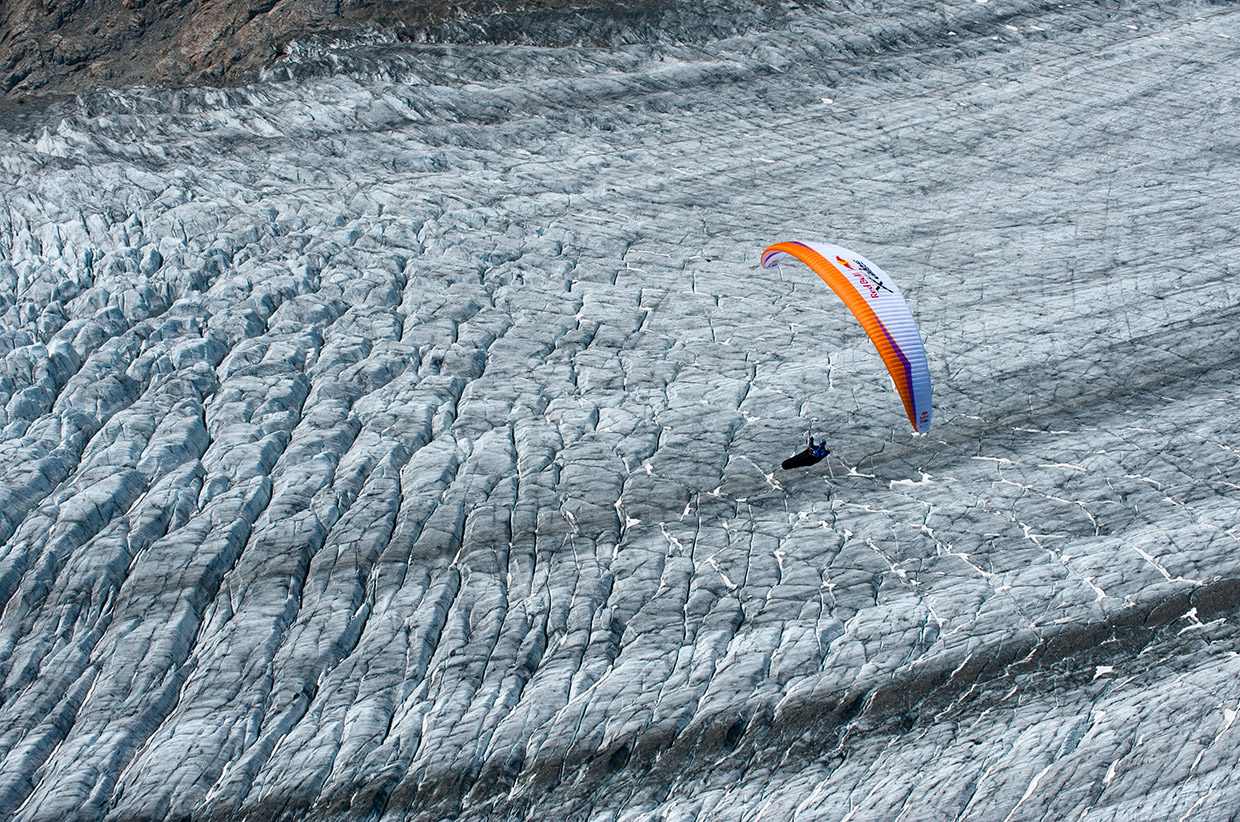
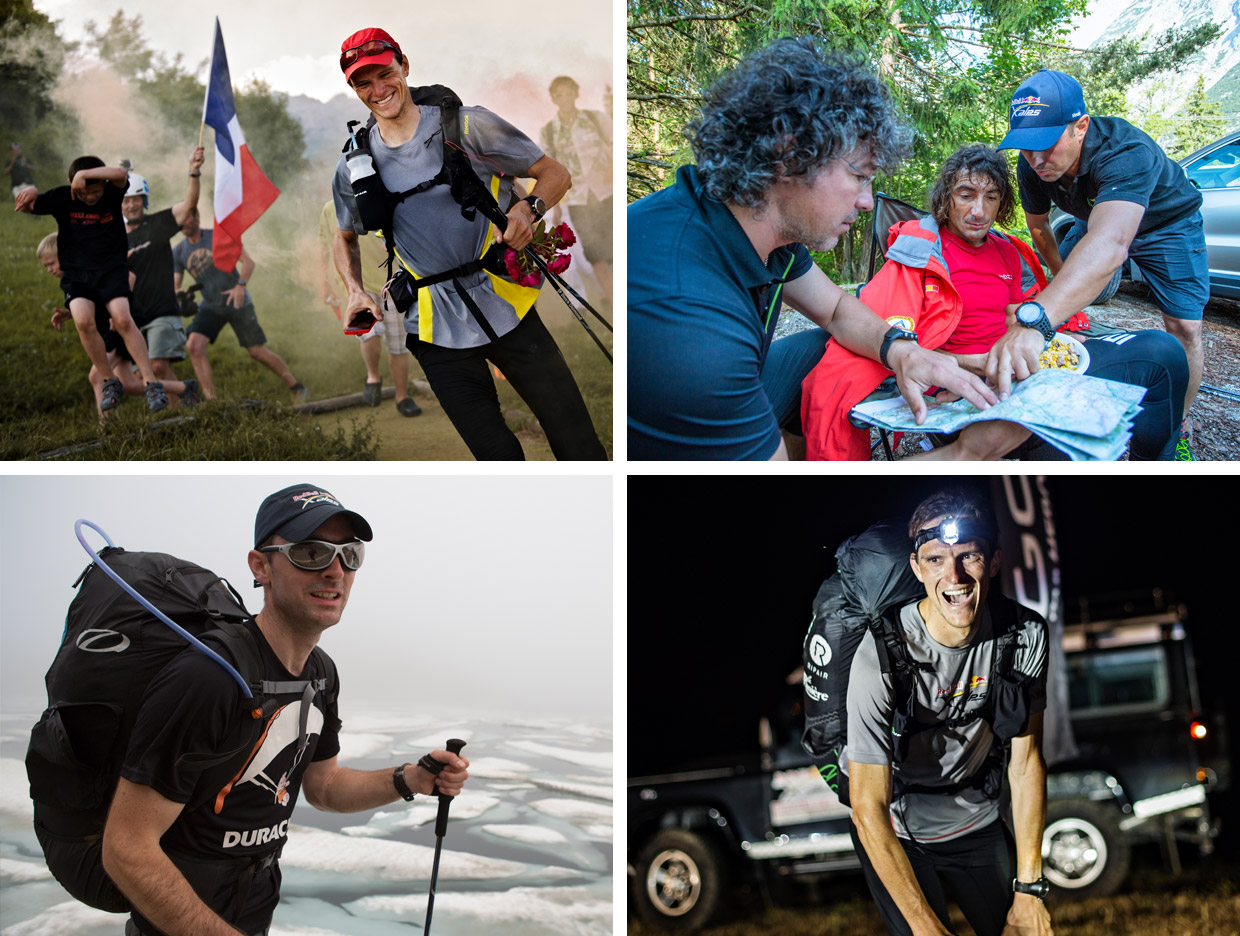
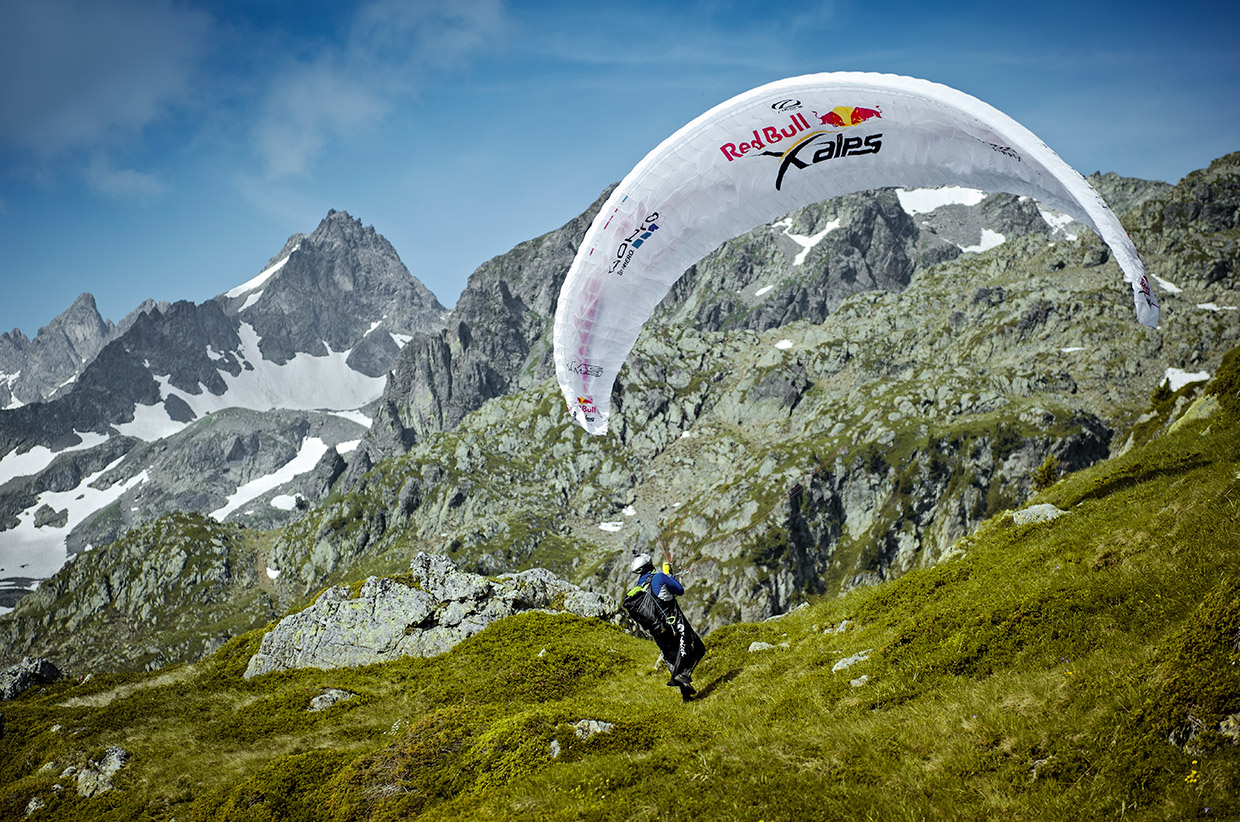
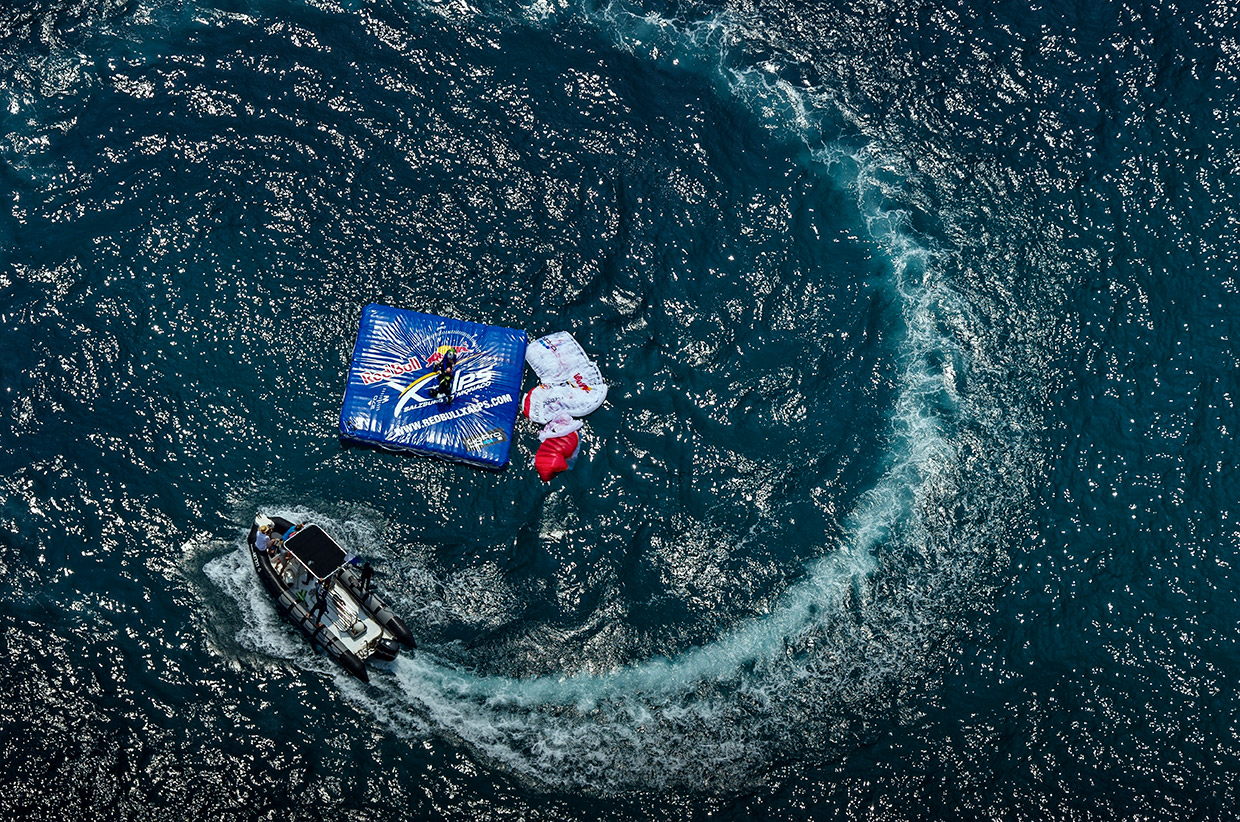
That the pair should arrive so close together after jostling for position most of the race is nothing short of incredible — but their physical endurance, stamina — and paragliding skill — sums up what makes the race so special. This is the Red Bull X-Alps – touted as one of the world’s toughest adventure races – and with the physical effort and tough decisions involved, it’s hard not to agree.
For more information on the Red Bull X-Alps Adventure Race, visit their website: redbullxalps.com or find them on Facebook and Twitter
Content and photography sourced via The Red Bull Content Pool and is copyright Red Bull and the respective photographers
